Those in the south and east will be hoping that the rainfall forecast for the weekend will appear to ease the soil moisture deficits somewhat. Given the extent of these deficits though, it will take more than a heavy shower to have any effect. It currently looks as though there could be a few days of showers in the coming week which will help the grass situation. When the rainfall does come, it will take swards time to recover so management needs to continue the same as it has been over the last few weeks.
That is, reducing grazing pressure by either supplementing at pasture or reducing stock numbers by housing finishing cattle or selling some stock.
In the north and north-west farmers would more than likely prefer this dry spell to continue for another few weeks. Ground conditions are excellent, grass growth is adequate and stock are very content at pasture. However it is likely to change in the coming week if heavy rainfall does arrive.
Where there is heavier ground on farm that has a good cover of grass on it, it would make sense to graze this in the coming days while conditions are good. Met Eireann is predicting up to 60mm of rainfall in some areas of the west next week which could change the grazing situation quite quickly on heavy farms.
Burnfoot, Co Donegal
Growth is staying ahead of stock at the minute so I am happy enough. I don’t see a huge surplus of grass being built on the farm however, so we will have to see how the next few weeks pan out.
Most of the farm is available for grazing at this stage, with silage ground coming back into the rotation.
I do have six acres of a red clover mix on the ground at the minute. It was cut Monday and I will bale it either Thursday or Friday ahead of the rain. It takes a long time to wilt.
It is my first encounter with red clover silage so I will be interested to see how it performs over winter. I am weaning at the minute and getting cows bolused and vaccinated ahead of calving in late October.
System Suckler-to-beef
Soil type Heavy
Farm cover (kg DM/ha) -
Growth (kg DM/ha/day) -
Demand (kg DM/ha/day) -
Thrive Farm, Co Tipperary
The finishing heifers have been housed to reduce demand and the bullocks receive 4kg concentrate and 10kg silage at pasture. This has reduced demand from 38kgDM/ha/day to 22kgDM/ha/day. The bullocks will be housed in the coming week once they finish the last heavy covers.
This will give calves enough grass for six weeks, and we can deliver a consistent diet to the finishing cattle indoors.
The first of the heifers will be drafted for slaughter next week. This extra indoor feeding period will put pressure on silage reserves in the yard, but there is enough of a buffer conserved to do so.
Elsewhere, this year’s bull calves were castrated two weeks ago. All calves receive 1kg concentrate at pasture.
System Dairy calf-to-beef
Soil type Mostly dry
Farm cover (kg DM/ha) 791
Growth (kg DM/ha/day) 25
Demand (kg DM/ha/day) 22
Thurles, Co Tipperary
I haven’t measured grass as there is very little to measure. I housed 41 bullocks three weeks ago but I hope to get them back to grass as soon as possible.
I am also feeding silage to the spring herd and have weaned any culls and the first 10 cows calved to try and reduce grass demand.
We have also sold forward stores about a month earlier than usual, but with a decent trade we are happy with how they got on.
The autumn herd is over halfway through calving with 32 left to go. I have had one loss from 42 cows and have had two sets of twins.
Managing cow condition as well as using AI to match each bull with the cow has really helped calving ease in recent years.
System Suckler / calf-to-beef
Soil type Variable
Farm cover (kg DM/ha) -
Growth (kg DM/ha/day) -
Demand (kg DM/ha/day) -




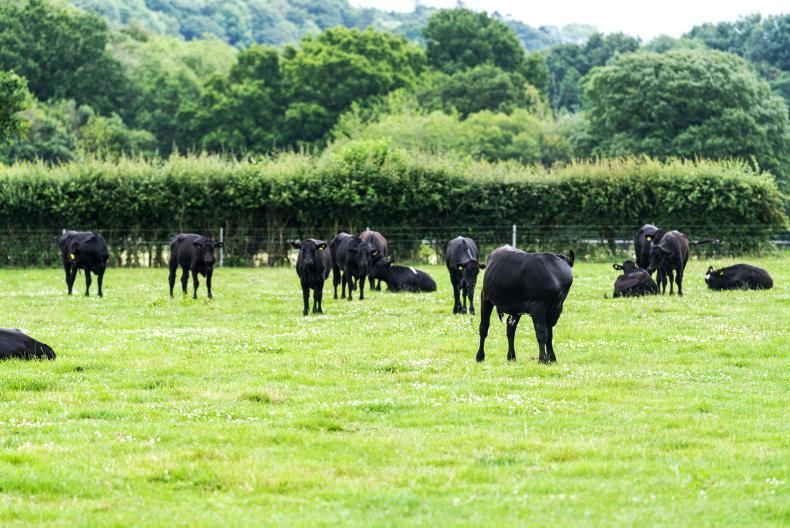
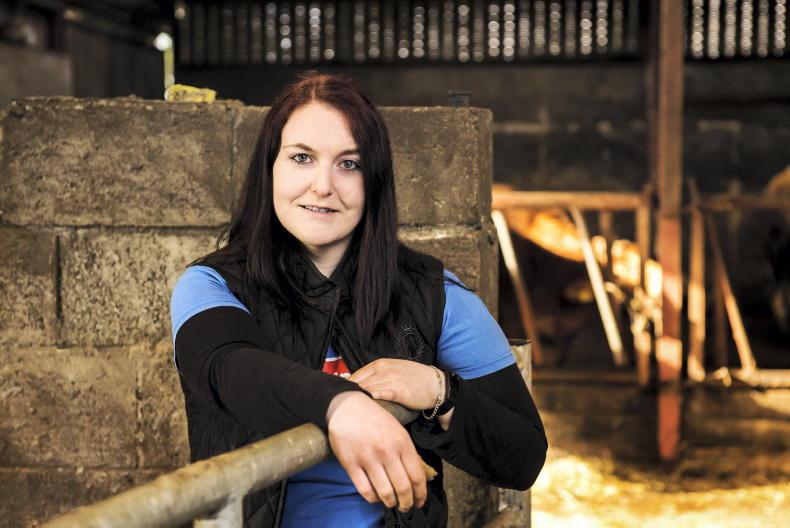

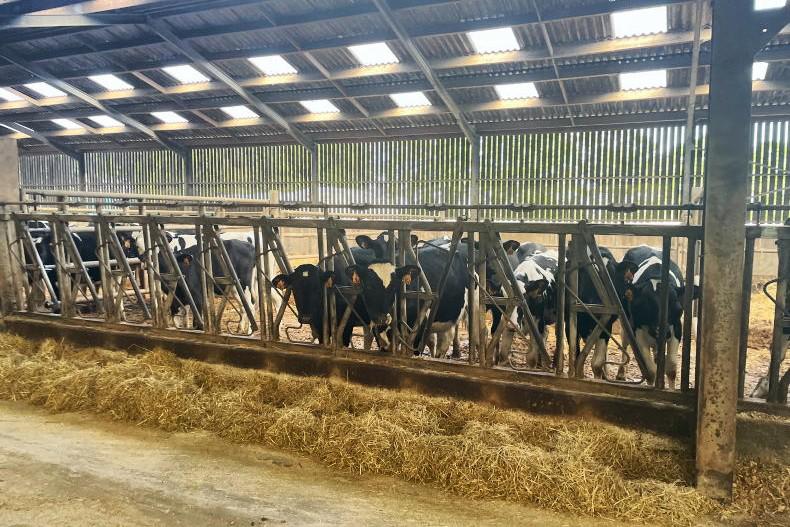
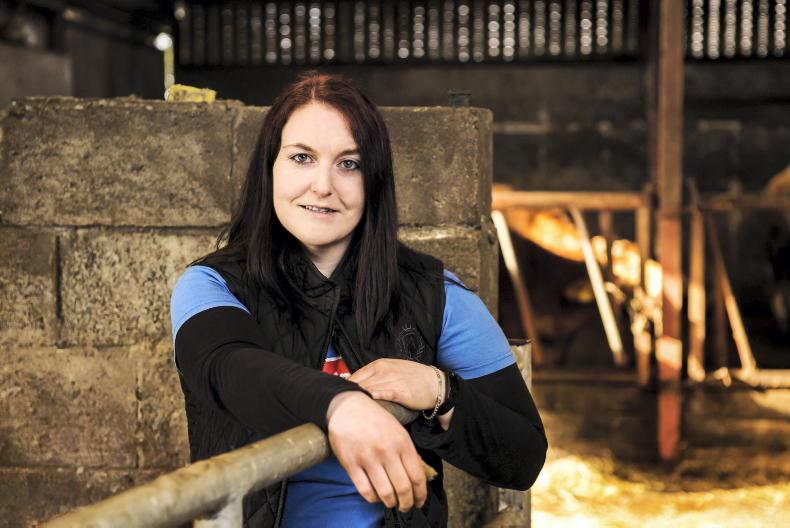
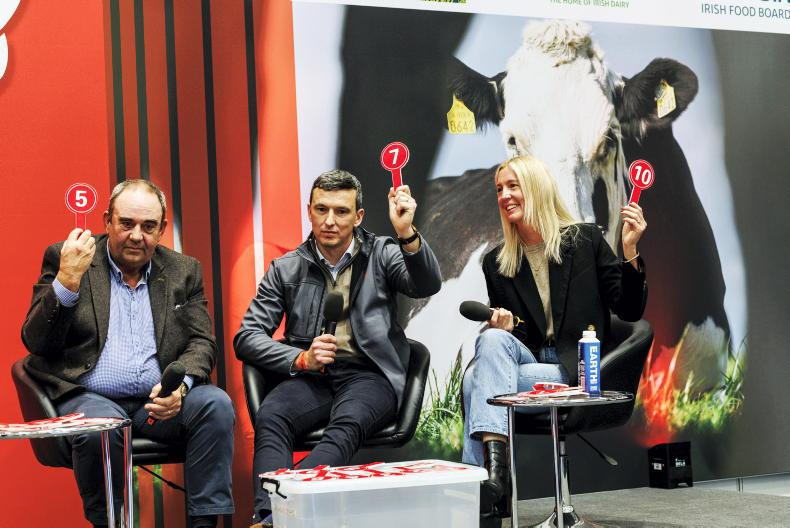
SHARING OPTIONS